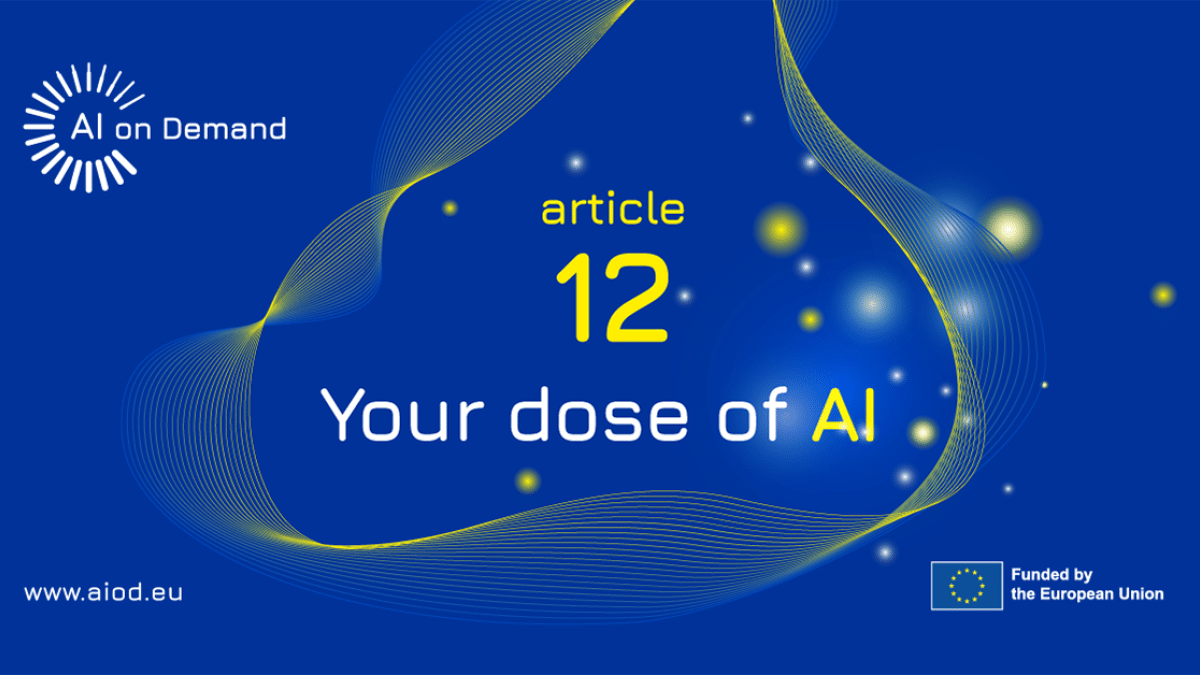Transformative Advances in AI: Long-Term Memory and Agentic Workflows

Multi-agent workflows represent a shift from static prompt engineering to structured, goal-oriented behavior that encompasses decision-making, tool use, and coordination. These workflows support complex task execution while ensuring modularity and interpretability. The benefits of adopting such approaches include increased efficiency, enhanced decision-making capabilities, and improved user experiences.
In parallel, LTM architecture enables LLMs to maintain context across sessions, allowing for coherent reasoning and personalization through persistent knowledge stores. Techniques for long-term memory in LLMs help them remember and use information beyond their limited context window. By accessing stored information, LLMs can enhance their understanding and responses, leading to more accurate and consistent answers, improved question answering, and better memory management.
Role of AI-Builder in Current Trends
At AI-builder, we design AI pipelines for research and user-centric use cases. AI-Builder offers a structured way to host and integrate AI-Modules from various providers seamlessly. It is designed for flexibility, allowing teams to create, reuse, and compose AI-Modules into modular pipelines. Examples like MemoryGraph and Travel advisory pipelines in AI-Builder demonstrate how LLM’s performance benefits from Long-Term memory and Agentic workflows. Moreover, leveraging AI-Builder’s unified LLM interface, it is possible to replace one LLM for another ina pipeline without any coding
In the Age of AI, it is essential to constantly be on top of the rapidly evolving technologies. However, it is also easy to be overwhelmed by the constant changes, which can result in suboptimal decision-making. It is imperative to maintain focus on the objectives and operate within a structured framework.
Author: Sangamithra Panneer Selvam, AI research scientist at Fraunhofer-Gesellschaft IAIS



